What Is Maven In Java Development?
4.9 out of 5 based on 11247 votesLast updated on 26th Jul 2025 18.2K Views
- Bookmark

If you're learning Java, it's essential to learn Maven too. A Java Full Stack Developer Course can teach you how to effectively use Maven.

Introduction
Maven is a tool that helps Java developers. Maven is used to build and manage Java projects, and it can do many tasks. It can compile your code. It can add libraries that your project needs. It can also run tests. All of this makes your work easier.
If you are learning Java, you should also learn Maven. You can learn how to use Maven in a Java Full Stack Developer Course. This course teaches you how to make full web apps. It includes both the front-end and back-end. It also teaches you how to use tools like Maven.
With Maven, you do not need to add every file by hand. It saves time. It also helps teams work together. Everyone can use the same rules and files. That keeps the project clean and easy to manage. You can also run tests with Maven. This helps you know if your code is working right. If there is a mistake, Maven will show it. This is very helpful for new learners. Learning Maven early will help you build better apps. You will also be ready for jobs in software companies. Maven is a good skill to have.
Table of Contents
Why Maven Matters in Java?
Understanding the Maven Framework
- Project Object Model (POM)
- Maven Repositories
- Plugins and Lifecycles
- Convention Over Configuration
Key Features and Benefits
How is Maven used in Java?
- Project Structure
- Build Automation
- Dependency Management
- CI/CD Integration
Best Practices for Maven
Learning Paths and Training
Why Maven Matters in Java Development?
Maven is widely used in Java projects around the world. It helps keep projects organized. It makes building repeatable and clear. Maven uses a POM file to define project settings. This XML file lists the project name, version, and libraries. Maven uses this to create JAR or WAR files. These files are ready to use or share.
Maven also helps teams. It manages versions and libraries automatically. It generates reports and documentation. It even supports release planning. For these reasons, many Java teams in big cities like Noida, Hyderabad, and Delhi use Maven.
Understanding the Maven Framework
Maven is a strong tool for Java. It helps build projects. It also manages files and folders. It keeps everything neat. Many full-stack developers use it.
Maven saves time. It does many tasks by itself. You do not need to do them by hand. It helps when you make big Java apps.
Project Object Model (POM)
POM means Project Object Model. It is the brain of the Maven project. It is a file named pom.xml. This file has all the project details. It says what the project is. It tells which files are used. It has a list of libraries. These libraries are called dependencies.
This file includes:
- groupId – This defines the group or company that owns the project. For example, example.
- artifactId – This is the name of the project or module. For example, myapp.
- version – This is the version number of the current build, like 0.0.
You just add the library name to the file. Maven goes online. It brings the file and adds it to your project. You do not need to search or copy. This saves time.
The file also has build settings. It can tell Maven where the source code is. It can tell what plugins to use. It tells about the location of the output files.
When you run a command, Maven reads this file. It follows all the steps.
Maven Repositories
Maven downloads dependencies from repositories. A repository is a storage space where JAR files and other resources are kept. Maven works with three types of repositories:
- Local Repository – This is on your computer. Maven first checks this when looking for a dependency. It saves files here after downloading once.
- Central Repository – This is the default public repository managed by the Apache Maven team. If a file is not in the local repository, Maven checks here.
- Remote Repository – These are private repositories created by companies. Teams use them to share internal libraries.
The process is simple. When you build a project, Maven checks the local cache. If a library is missing, it fetches it from the central or remote repository and saves it locally for future builds.
Repositories are smart. They help developers avoid downloading the same library again and again. They also make sure that you use the correct version of a library every time.
Plugins and Lifecycles
Maven uses plugins to perform tasks like compiling code, running tests, or packaging applications. Each plugin includes one or more goals. A goal is a specific task to be done.
For example:
- The maven-compiler-plugin is used to compile Java code.
- The maven-surefire-plugin is used to run unit tests.
Maven builds run in lifecycles. These are ordered steps that define the phases of the build process. The most commonly used lifecycle phases are:
Phase | Purpose |
validate | Checks if the project is correct |
compile | Compiles the source code |
test | Runs the unit tests |
package | Packages the code (JAR/WAR) |
Install | Installs it into local repo |
deploy | Sends it to remote repo |
When you run a Maven command like mvn install, it runs all the phases in order from validate to install.
You will learn about these lifecycles and plugins in detail during a Java Full Stack Developer Training course. These phases help you automate all the important parts of your project.
Convention Over Configuration
Maven follows the Convention Over Configuration rule. This means you do not need to write a lot of setup files. Instead, Maven expects your files to be in certain standard folders.
For example:
Folder Path | Purpose |
src/main/java | Java source code |
src/main/resources | Configuration files |
src/test/java | Unit test code |
src/test/resources | Test config files |
This structure is the default. If you follow it, Maven will automatically know where your files are. This reduces confusion and setup time.
You do not need to tell Maven where to find your source code. You just put the files in the right folders. It makes joining a new project easy. Everyone on the team will know where the files are.
Other Related Courses:
Full Stack Developer Course Online
Key Features and Benefits of Maven
Maven offers many features that help Java developers work faster and more efficiently. One of its best features is the simple setup for new projects. You do not have to worry about creating folders manually. Maven does it for you.
- It also handles dependencies automatically. You can just list the needed libraries in the POM file, and leave the rest to Maven. It will download and manage them. This saves time and avoids version issues. Developers do not need to worry about missing JAR files or broken builds.
- Another great benefit is Maven’s clear project structure. It follows a standard folder layout. This makes it easy for new developers to understand any Maven project. The structure also helps teams work together better.
- Maven ensures builds are reproducible. This means the code will give the same result each time it runs. It reduces errors and surprises during deployment.
- Maven also generates standard reports and documentation. You can see test reports, code coverage, and more. This helps in debugging and quality checks.
- It supports plugin extensions written in Java. This means you can add custom actions like code analysis or file compression. You can also integrate tools like Checkstyle or PMD easily.
- Finally, Maven supports easy release and distribution. It can upload your project to central repositories. This helps share code with teams or the open-source world.
How is Maven used in Java?
Project Structure
Maven helps keep your Java project clean and easy to manage. It follows a common folder structure. When you use mvn archetype: generate, it builds folders like src/main/java and src/test/java. This makes it simple to find your code and test files.
Build Automation
Building projects by hand takes time. You must compile the code. You must run the tests. You must make a package. This takes many steps. But with Maven, it is fast. You only need to run mvn clean install. Maven does all the work for you. It compiles, tests, and creates the final output. It even downloads missing libraries. This build process is repeatable and consistent. It helps avoid human errors.
Dependency Management
Every Java project uses libraries. Managing them manually is hard. You may have version conflicts or missing files. Maven fixes this. You list dependencies in the POM file, and Maven downloads them. You can even specify the version. If another library needs a different version, Maven can resolve conflicts automatically. It keeps the build stable.
CI/CD Integration
Maven is also useful for teams. It works well with Continuous Integration and Continuous Delivery. These help teams check and send updates quickly. You can connect Maven to tools like Jenkins or GitHub Actions. You can also use GitLab CI. These tools work with Maven very well.
When you push code to Git, Maven starts its job. It checks the code. It builds the project. It runs all the tests. Then it gives you the results. If everything is fine, you can send the build to a cloud server. Or you can store it in a folder or repo. This makes delivery fast. It also keeps everything in the right place.
Maven does the same steps every time. This keeps your code safe and tested. Bugs are found early. This makes the software better.
Best Practices for Maven
To get the best results with Maven, follow these good practices:
- Keep your XML file clean and simple. Avoid unnecessary settings.
- Add only the dependencies you need. Too many can slow down builds and cause conflicts.
- Make one main POM file for all modules. It keeps the same settings in one place.
- Keep test code separate from main code. Maven supports this by default.
- Document your build settings and custom plugins. This helps new team members understand the build process.
- Use consistent naming for versions. This avoids confusion when you upgrade or release new builds.
These practices make your Maven project easier to manage. They also help avoid problems during builds and releases.
Learning Paths and Training
For real training, join a Java Full Stack Developer Course in Noida. You learn Maven, Java Spring, web, and database skills. Noida has many tech institutes and learning centers for Java students.
You can also find courses in Hyderabad. For example, a Java Full Stack Developer Course in Hyderabad covers Maven deeply and shows how it works in real apps. Hyderabad is known for its IT hubs and full stack training programs.
If you are in Delhi, look for a Java Full Stack Developer Course in Delhi. Delhi has top centers that focus on real-time coding and tools.
Conclusion
Maven is a tool used in Java projects. It ensures you build and manage your code efficiently. It can run tests, create packages, and make reports. It uses a POM file to know what to do. It follows a clear folder layout. It also works well with CI and CD tools. These tools help teams deliver software fast. You can learn all this in a Java Full Stack Course.
You May Also Read These Posts:
Benefits Of Learning Java Full Stack
Java Full Stack Developer Interview Questions
MERN Stack Interview Questions
Java Full Stack Developer Course Syllabus
Frequently Asked Questions (FAQs)
- What is Maven used for?
Maven helps build Java projects. It compiles code, adds libraries, and makes JAR files. It also runs tests.
- Is Maven hard to learn?
No. Maven is simple if you follow the steps. You can plan to learn it in a Java Full Stack Developer Course.
- What is a POM file?
It is a file named pom.xml. It tells Maven what to do. It has project info, libraries, and plugins.
- Do I need the internet to use Maven?
Yes. Maven downloads files from the internet. It saves them for later use.
- Can I use Maven with Spring Boot?
Yes. Maven works well with Spring Boot. It helps manage builds and libraries.
- Where can I learn Maven in India?
You can join a Java Full Stack Course in Noida, Hyderabad, or Delhi, as these courses teach Maven step by step.
Subscribe For Free Demo
Free Demo for Corporate & Online Trainings.
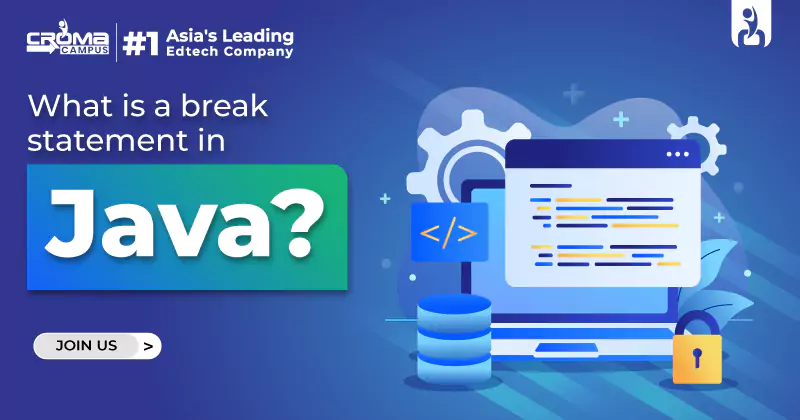



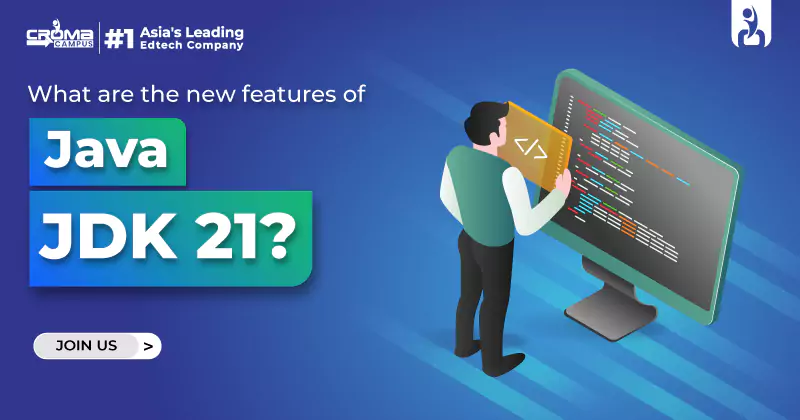



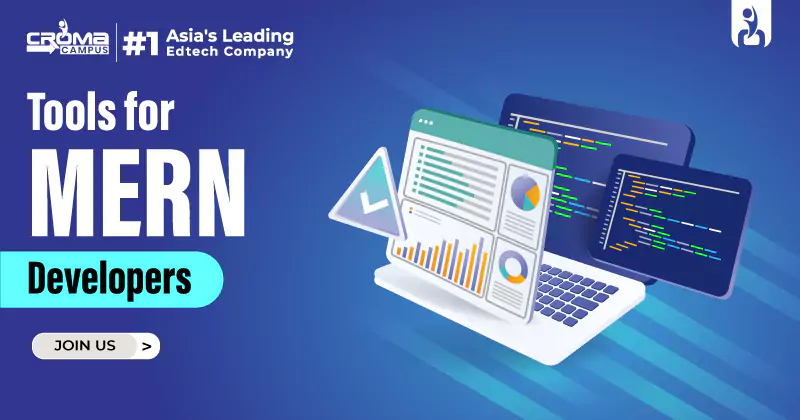

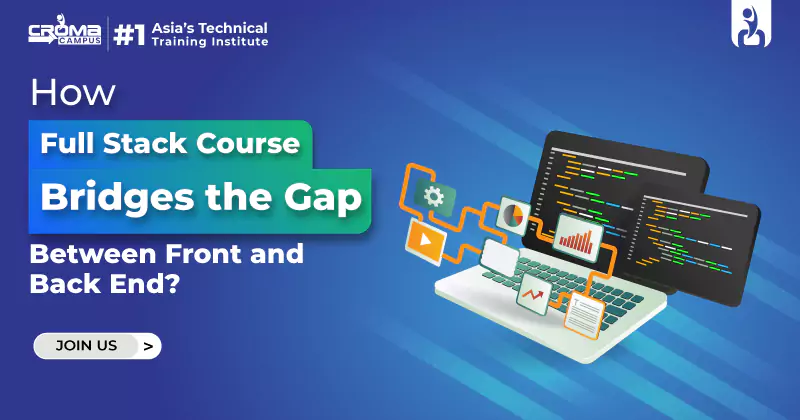






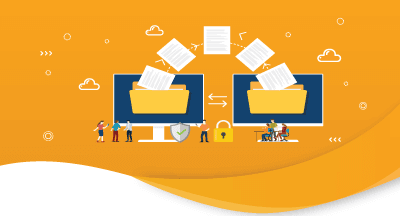







.webp)

.png)















